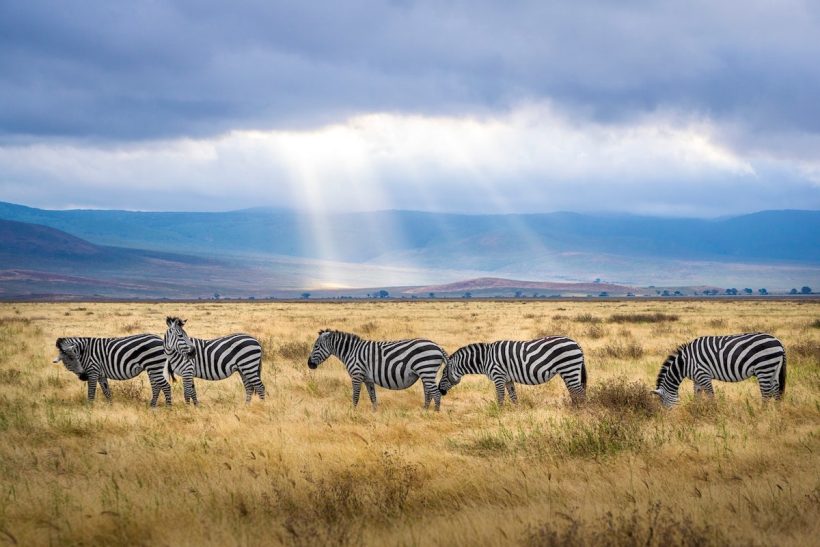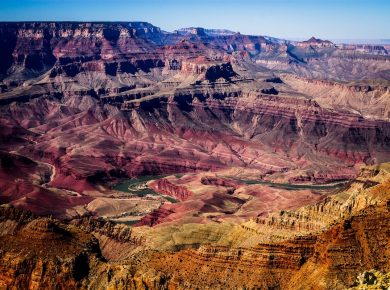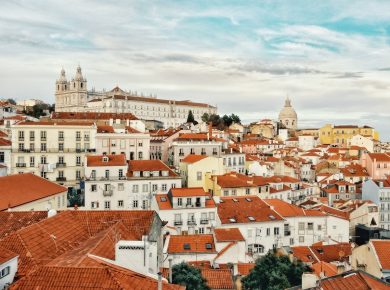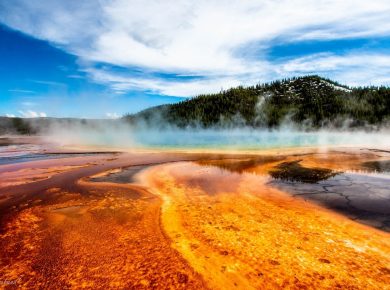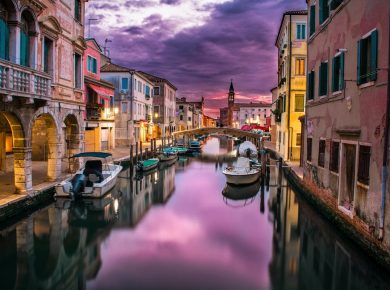Tanzania is a land of endless adventure. The East African republic is teeming with lovely people, exotic wildlife, and mind-blowingly diverse landscapes! It’s the best place for mountaineers and safari-goers alike.
Since so many tourist activities are outdoors, your trip depends on cooperation from the weather. Luckily for you, Tanzania enjoys warm temperatures and low precipitation for most of the year! Patterns are predictable and easy to plan around. It’s an equatorial country, so they get mostly warm weather instead of four distinct seasons.
The best months to visit Tanzania for great weather and safaris are June through September. Though they can get pricey, it’s worth it knowing you’ll get the best conditions for wildlife viewing.
However, this causes more tourists to opt for certain seasons which hikes up crowds and prices. When is the best time to see Tanzania without getting rained on or priced out? Read our guide to Tanzania as we determine the best months to visit Tanzania for great weather and low prices.
We’ll look at a few metropolitan areas around the country like Dar Es Salaam, Dodoma, Mwanza, and Arusha, and determine their hot, rainy, and humid seasons. Furthermore, we take a closer look at popular tourist destinations and activities and see the best time to do them.
Table of Contents
- What Is The Best Time Of Year To Visit The Serengeti?
- What Months Are Hot In Tanzania?
- What Is The Rainy Season In Tanzania?
- Humidity Comfort Levels In Tanzania
- Best Time Of Year To Visit Tanzania For Low Prices
- How Many Days Do You Need In Tanzania?
- What Is The Best Time To Go On Safari In Tanzania?
- Best Month To Visit Tanzania
What Is The Best Time Of Year To Visit The Serengeti?
Serengeti National Park is perhaps the world’s best and most unique place to watch wildlife. Every year people flock to the Northern Tanzanian gem to watch herds of wildebeests and zebras as they migrate. As they move across the plains, they dodge cheetahs and hyena packs lurking between acacia trees. You can see these incredible creatures most of the year, but to see something truly special it’s important to track their migration and weather patterns so you don’t get rained out.
Each season holds a different experience in store for visitors. Come in the wintertime and enjoy the park’s warmest weather and just some rain. You’ll get to see the beginning of the lifecycle for many park residents who graze and give birth in the park’s southern plains.
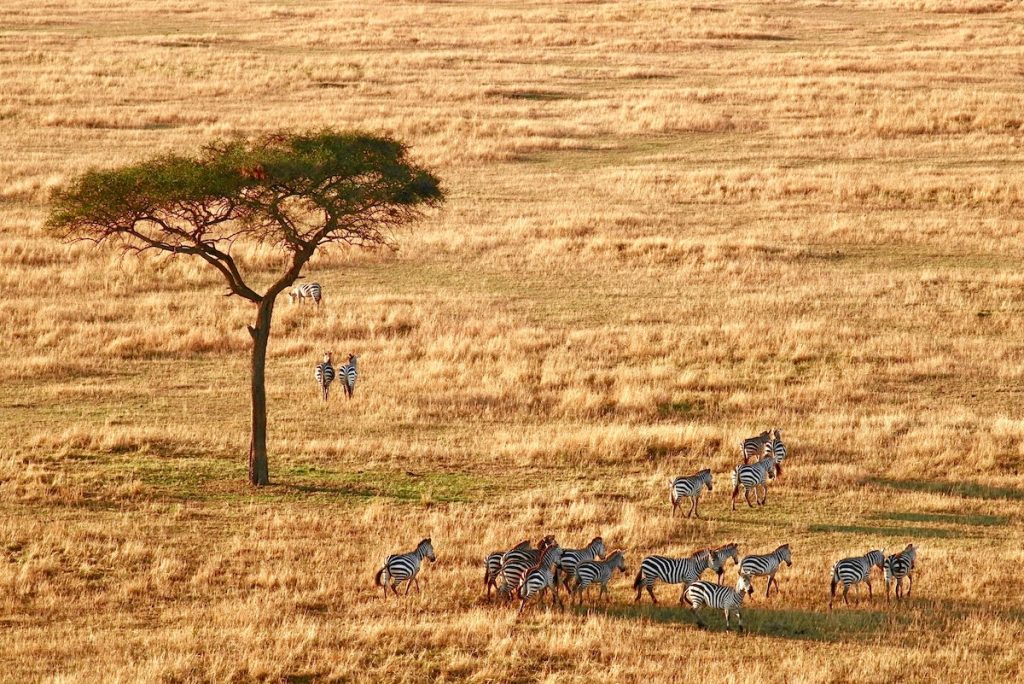
The springtime can get wet, but it’s relatively stable and so are temperatures. Visitors can watch the early stages of the herd animals’ great migration. Prices are relatively low here too, as many tourists are put off by the possibility of rain.
Summer has milder temperatures and the lowest possibility of rain. Moreover, it’s the best time to see the lush grasslands in full bloom. While winter visitors may see cute wildebeest calves, those in the summer bear witness to a more dramatic part of the lifecycle as the creatures cross the Mara river full of hippos and crocodiles as they move north to graze.
As in the spring, the fall is a bit wetter and the wildlife views are less…wild. However, you can save some money traveling here and enjoy watching wildebeests and gazelles move back to their breeding grounds with lower chances of them getting eaten!
None of the possibilities present in one season can be recreated in another. In that way, any season spent here is special. However, for the best weather and the most unique opportunities for viewing local flora and fauna, the best time to visit the Serengeti are the summer months June, July, and August.
What Months Are Hot In Tanzania?
Tanzania is a big country with a diverse climate, but most regions have one thing in common: they’re hot! Not only that, but they stay consistently warm year-round. In short: all months are hot, but some are hotter.
Remember that due to Tanzania’s location south of the equator, its seasons are inverse from Europe’s and North America’s. The summer months June through August are fairly warm, but December through March is the hottest part!
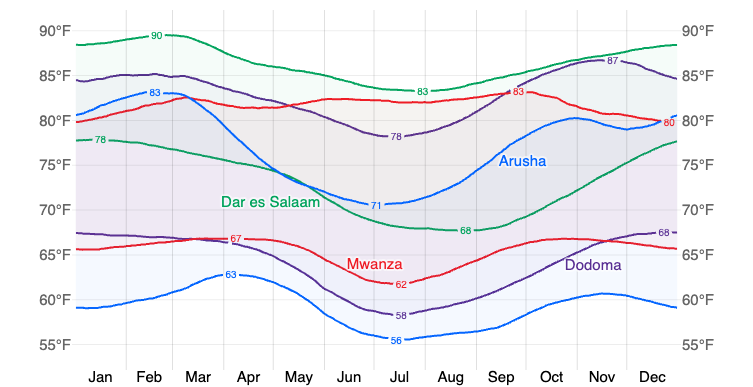
Come December through February and you’ll get the highest temperatures all year. If you spend time in Dar Es Salaam, it’ll be in the high 80s, and it’s been known to push 90°F too. The other three cities have lower temperatures but don’t fall far behind. Dodoma and Arusha are next in the mid-80s, and Mwanza is the mildest with a winter average of 80°F.
Average temperatures for these cities dip only slightly in the summer, except for Arusha which drops from an average winter high of 83°F to 71°F in mid-June. This difference makes the winter months of December, January, and February Tanzania’s hottest. However, no matter what season you visit, never underestimate the heat. Clear, cloudless days with direct sunlight beating down on you are a possibility in any month.
What Is The Rainy Season In Tanzania?
Tanzania gets two brief rainy seasons. Some areas get heavier rainfall than others. The country’s infrastructure isn’t always prepared to handle rainfall, so deadly floods happen in small areas almost yearly. You probably shouldn’t panic, but it’s a good idea to book to avoid the rainy seasons!
Dodoma is an outlier among the four cities. While the others have their rainy seasons, it stays quite dry. It gets its own rainy season from December through February, peaking at 4.8 inches of rainfall in January.
The first wet season of the year runs from March through May. Dar Es Salaam gets the worst of it with a peak average of 6.7 inches of rain in April. Mwanza is next in line with a 4.8-inch average and Arush is a close third with 4.5 inches. Dodoma is relatively dry in this period with only 1.7 inches of April rain.
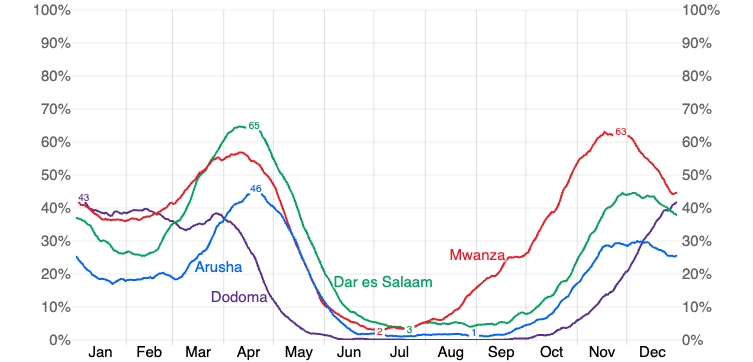
After almost no rain in the summer, late fall ushers in the second wet season but with less rainfall than before. Mwanza takes the lead here with a 5.5-inch average rainfall in November. Dar Es Salaam gets 2.8 inches in the same period and Arush 2.
If you want to plan your journey to avoid precipitation, the spring months of March, April, and May pose the biggest threat. Summer is your best chance with almost no rain across the country! The late autumn is another period to watch out for, but you’ll likely experience just scattered showers.
Humidity Comfort Levels In Tanzania
Tanzania is a mixed bag for humidity. On one hand, some areas have almost none year-round, and on the other, there are places with nonstop mugginess! Some get muggy seasons as well.
Dar Es Salaam has the most brutal humidity with a nearly 100% chance of it all year. It only goes down a little in the summer (the southern hemisphere’s winter) to 87%. Expect some swampy, thick air no matter when you go.
Arush, on the other hand, gets very little! They have a 0% chance in the summer. Only in March through May does the city experienced a brief humid season. However, the chance of mugginess peaks at only 19% in April.
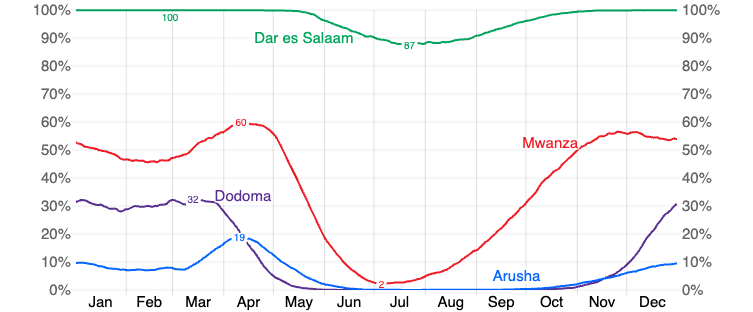
Dodoma has a similar pattern but it gets more humid days for a longer period. In late November the chance climbs to 30% and stays there until April. Mwanza has the clearest humid and non-humid seasons. Like the rest, summer has almost no humidity. The rest of the year, however, sees the chance jump between 50% and 60%.
Best Time Of Year To Visit Tanzania For Low Prices
Tanzania has so much to offer. Incredible natural beauty and diverse, multicultural people with different traditions await visitors all year long. However, with incredible weather and unique opportunities specific to certain periods, people favor seasons like summer and winter. That leads to huge crowds and hefty prices on travel costs like airfare and accommodations. What’s the cheapest time to visit Tanzania?
If you’re traveling from the USA, Tanzania will already be costly. There are no direct connections to Dar Es Salaam from America, so your best option is a transfer with Qatar Airways, Swiss Airlines, KLM, or Turkish Airlines in one of their respective hub airports. The season you fly in can result in a double charge. Flights in the summer and winter peak seasons cost about $1,500 round-trip. Going in April or November on the other hand will save you over half since they cost about $700.
May presents a good opportunity for a happy medium. Flights from JFK run about $1,000 round-trip. You’ll spend much less than in the middle of peak season, but you’ll get mostly dry warm weather!
Hotels are reasonably priced year-round, but prices still fluctuate. For the lowest prices, consider the autumn or spring months when mid-range hotel rooms in Dar Es Salaam run for $30 per night. Going for winter break? December and January rates are only slightly higher at $50 per night. Summer has the highest prices, but they won’t break the bank for $65 per night.
Getting to Tanzania can be pricey due to the distance, but there are plenty of opportunities to save big throughout the year. To maximize your savings, the best time of year to visit Tanzania is a late spring month like April or May. Plane ticket prices are sometimes cut in half and hotels are at their cheapest.
How Many Days Do You Need In Tanzania?
Tanzania’s a big country full of fascinating places to see. You don’t want to travel such a long distance to spend just a few days in the capital and leave! Allotting yourself enough time to fulfill an itinerary is necessary for a satisfying vacation.
Getting around the country takes time, too– Tanzania has decent roads, but they’re still full of bumps and potholes. It’s getting better with the recent introduction of bullet trains and constant road improvement, but for now, you still need more time to visit everything.
Finally, going on safari isn’t like most tourist attractions. You don’t just buy a ticket, walk up to some animals, and move on like in a zoo. It takes time and patience to track and follow them.
Tour providers offer packages suited to your interests. Most revolve around the many national parks or safaris, but can also cater to trekkers, divers, or culture-seekers! The most common itineraries last 7, 10, or 14 days. It depends on what you want to see, but most guides recommend at least 10 days to really dive in and get the most out of your time in Tanzania.
Almost every tour will give you a chance to see the Serengeti for some time. But keep in mind that these national parks span hundreds of miles across the country. Just a few hours is hardly enough to get a feel for the place before moving on. What’s worse, spending such little time there, you may miss your chance to see some of the wildlife.
It’s wiser to spend 10 days or more when visiting Tanzania. It allows you time to get to know the country and its people and have a more memorable experience. A trip any shorter will go by in a blur as you rush from park to village to city and back home!
What Is The Best Time To Go On Safari In Tanzania?
A trip to Tanzania presents opportunities to see wildlife that no place on Earth can offer. From the great wildebeest migration to lions, hippos, and much more, there’s no shortage of incredible animals for you to see. Safari tours are growing in popularity and Tanzania is climbing up the ranks of top wildlife tour destinations. However, weather and migration patterns mean that every season is different.
The summer and fall months spanning late June through October are the best time to go on safari in Tanzania. These are the driest months and have relatively mild temperatures and are perfect for spending the day outside watching wildlife. You can catch the highest variety of animal species in this period as they make their way across the plains to graze!
What’s more, visiting before or after this period in the two wet seasons may cause complications for your trip. Heavy rain often causes safari camps to close temporarily, as they can flood or be damaged by heavy showers. The first part of this period gets the most tourists all year. Tour providers usually charge more for the peak season.
Be prepared to pay $350 to $400 per person for a standard tour. Wait a few months, though, and prices go down! The national parks are already empty in September and October, and some providers slash their prices down to $250 per day towards the end of the period.
Best Month To Visit Tanzania
Tanzania is a jewel of a country, rich with some of the world’s most diverse flora, fauna, and people! Whether it’s a safari, meeting the Masaai, or a beach day in Zanzibar, there’s no shortage of reasons to visit.
Local weather is mostly good, and the bad weather is predictable. The biggest challenge is coming at a time when you can avoid the rain while saving money on airfare and room and board.
The best month to visit depends on your interests. There’s no doubt that the best months to visit Tanzania for great weather and safaris are June through September. Though they can get pricey, it’s worth it knowing you’ll get the best conditions for wildlife viewing.
Going in off-season months like April will secure extremely low rates, but you gamble too much with the weather that can cancel your safari and even flush out your camp for the night! To hit that sweet spot of summer weather and lower prices, the best months to visit are September and October.
